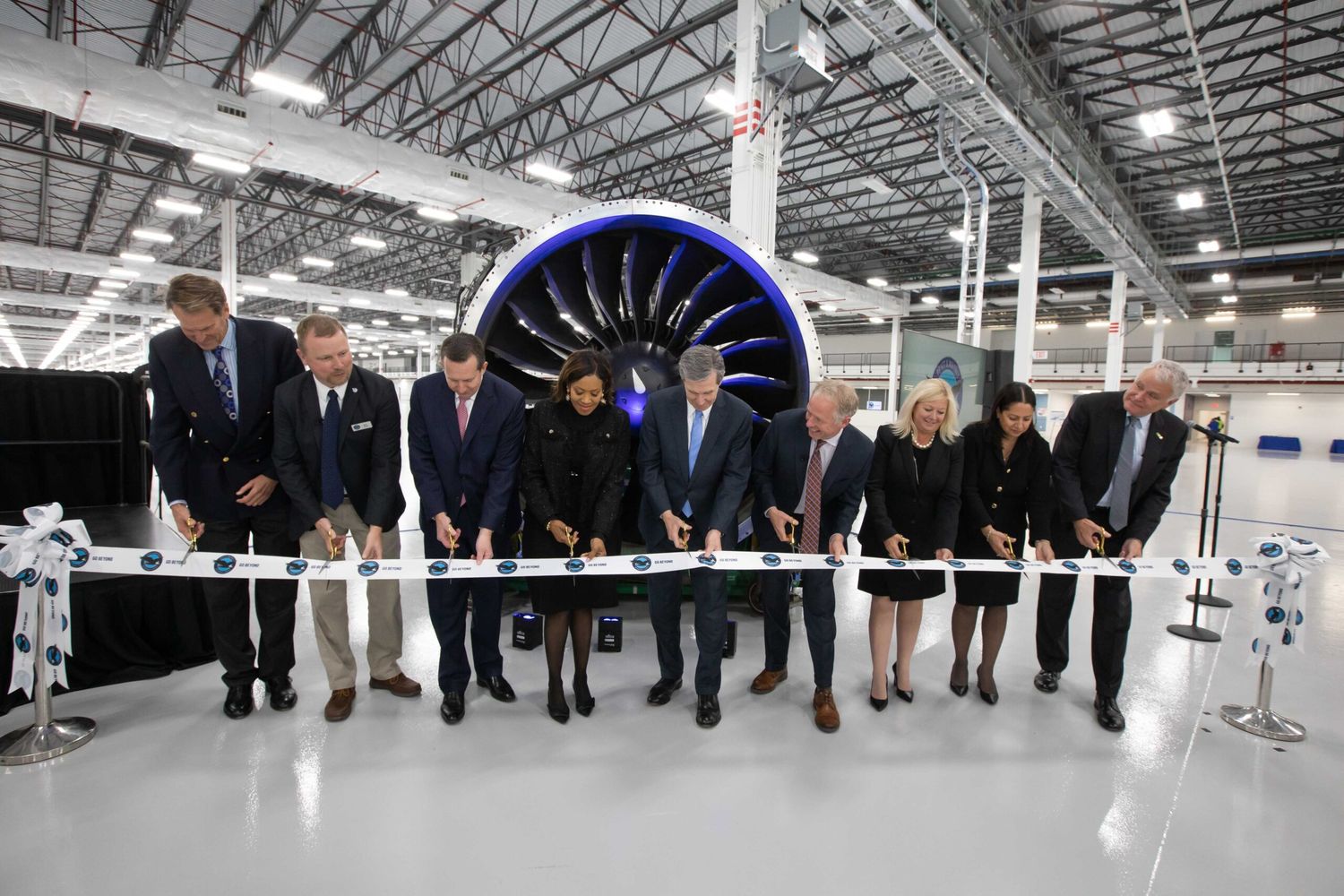Pratt & Whitney’s production plant in Asheville was commissioned
With most of the exterior construction completed, Pratt & Whitney’s turbine production plant in Asheville, North Carolina, was inaugurated and should reach full capacity during the second quarter of 2023. The approximately 110,000-square-meter facility incorporates highly automated manufacturing processes. This allows for improved safety, quality, productivity, and cost improvements.
At this plant, the company will manufacture GTF (PW1000G) and F135 engines. The facility will house an advanced foundry. In addition, all production processes from machining, coating, and finishing of the blades will be carried out. The $650 million investment will create around 800 jobs by 2027. To date, the current 150 positions have been filled mainly through local hires.
The start of construction of the new facility was celebrated in May 2021. Last November 16, the factory was commissioned, with the presence of employees, officials -including North Carolina Governor Roy Cooper and Secretary of Commerce Machelle Baker Sanders- and area businessmen, who came to the site for the traditional ribbon cutting.
Related Content: Pratt & Whitney to Open Engineering Center in India in 2023
Shane Eddy, president of Pratt & Whitney, said, «This new production facility will form the cornerstone of our industrial transformation and is a key investment to address the demand for civil and military engines. It represents our capabilities, people, and processes that add value to our products.»
North Carolina Governor Roy Cooper added, «Global companies like Pratt & Whitney can choose to locate anywhere, but they know they have made the smart choice with North Carolina. This investment will strengthen our state’s manufacturing industry.» North Carolina Secretary of Commerce Machelle Baker Sanders complemented this by noting that «Pratt & Whitney’s new production facility is the largest manufacturing project we’ve seen in the western part of our state.»
The manufacturing facility has met or exceeded Pratt & Whitney’s greenhouse gas, water, and waste targets, and has several sustainability and environmental management initiatives. The facility is LEED certified by the U.S. Green Building Council. In addition, it does not discharge liquid waste. It also meets «best practices» for wastewater effluent, energy use, and greenhouse gas emissions.


Comentarios
Para comentar, debés estar registrado
Por favor, iniciá sesión